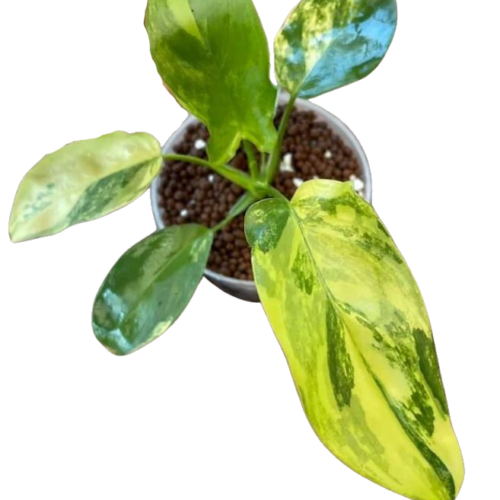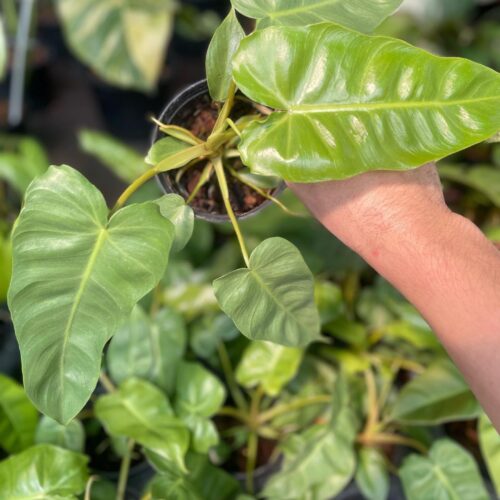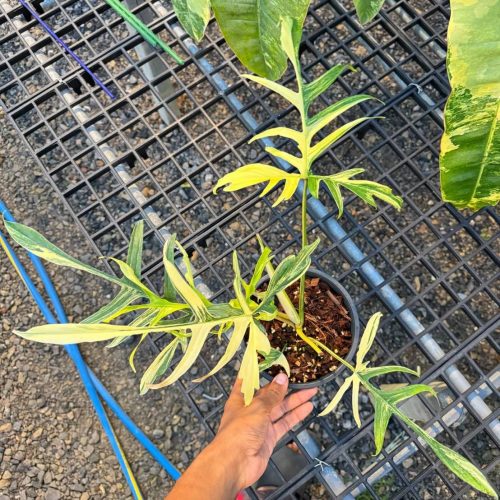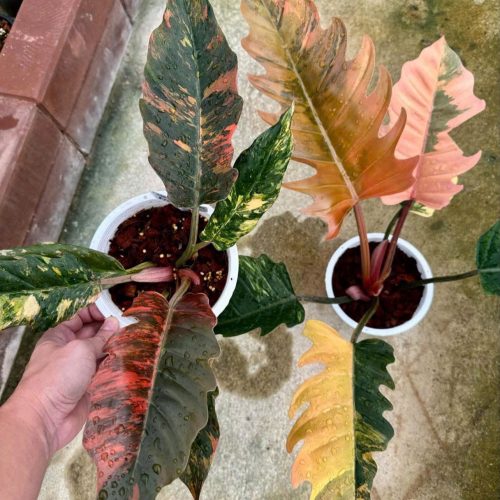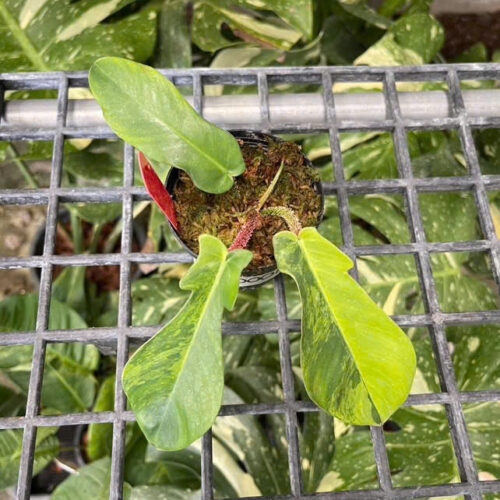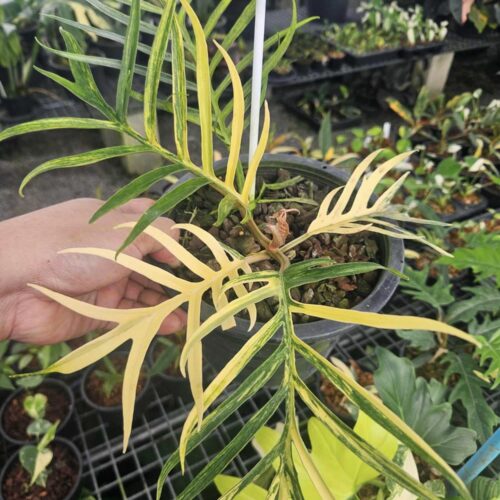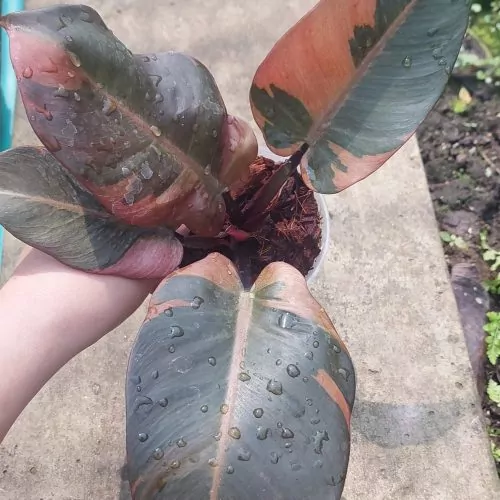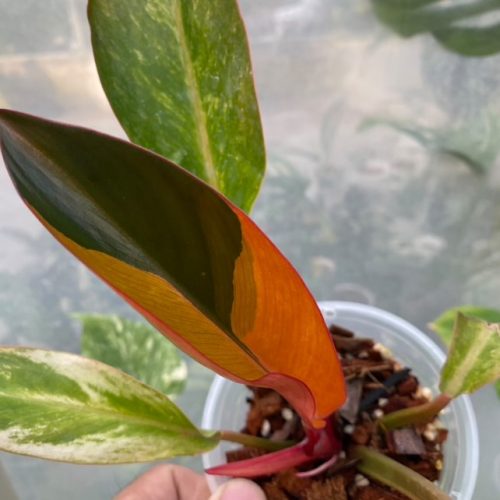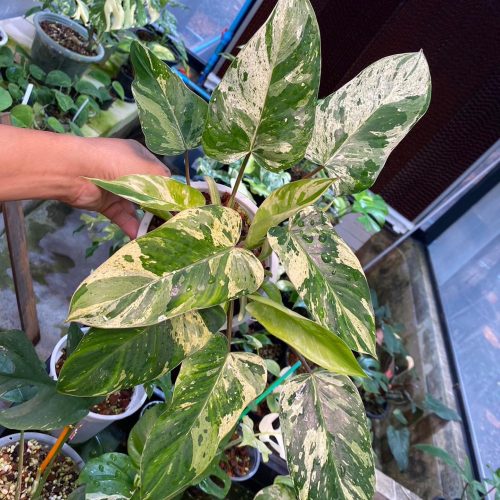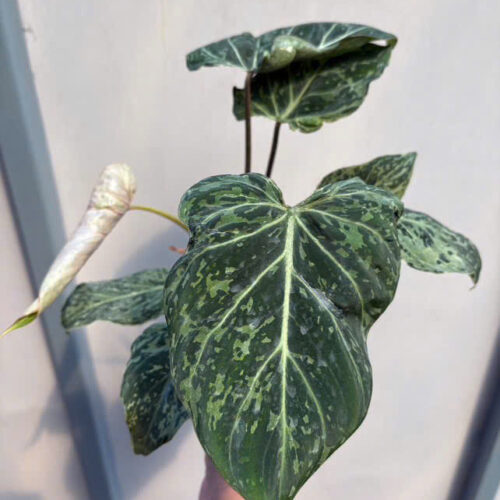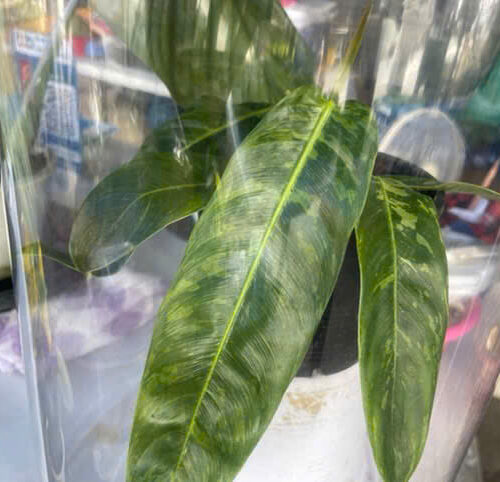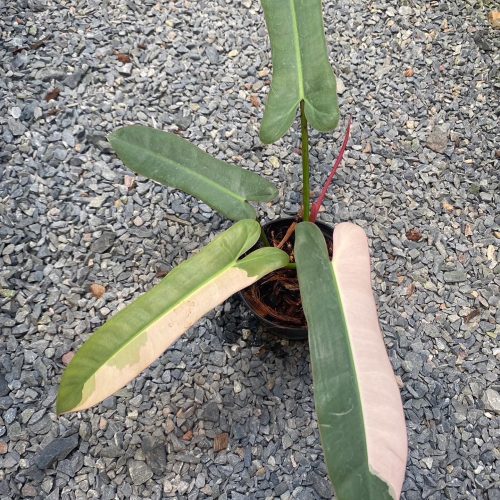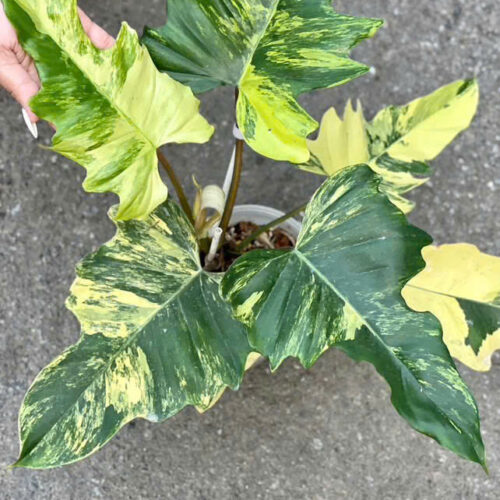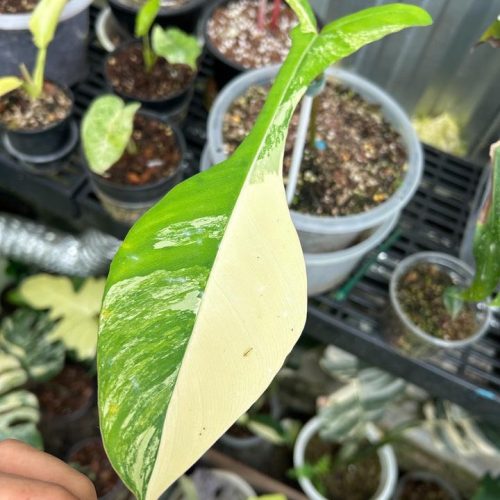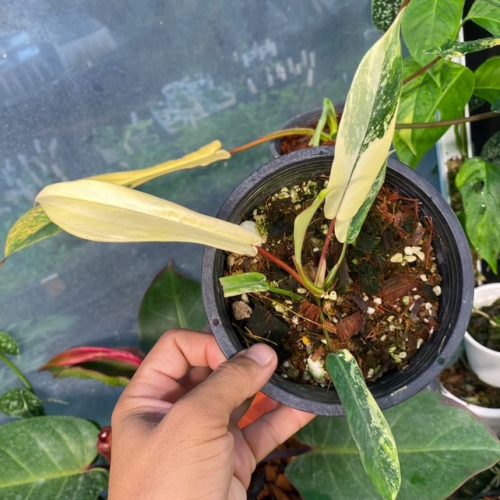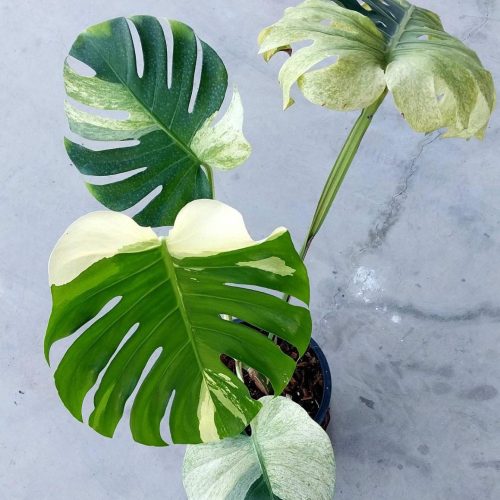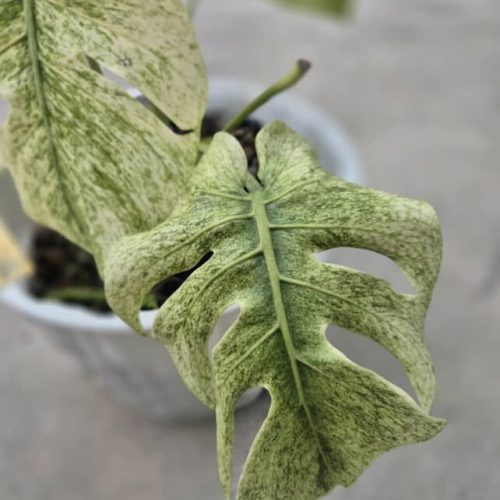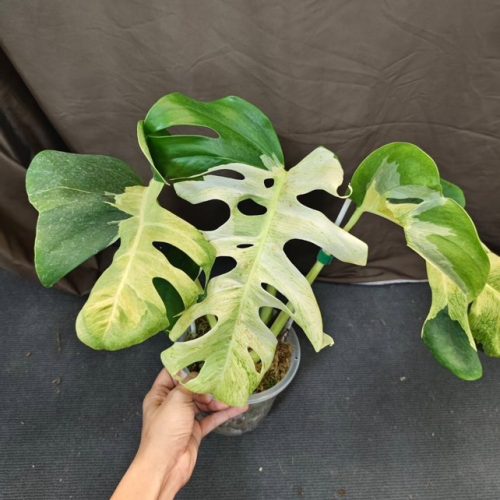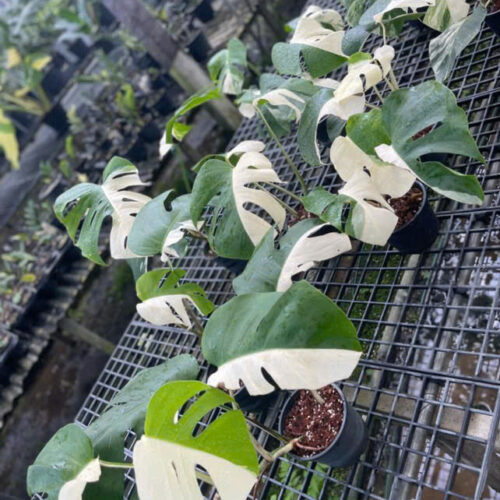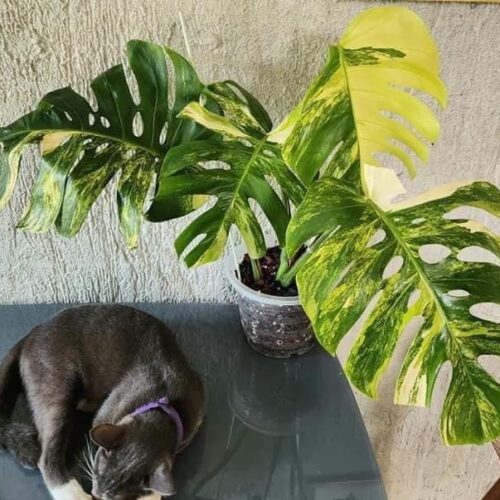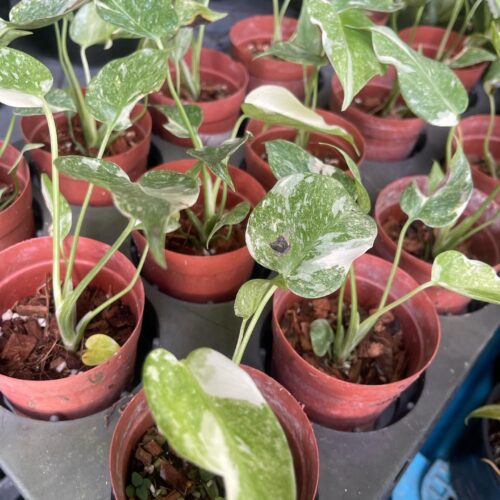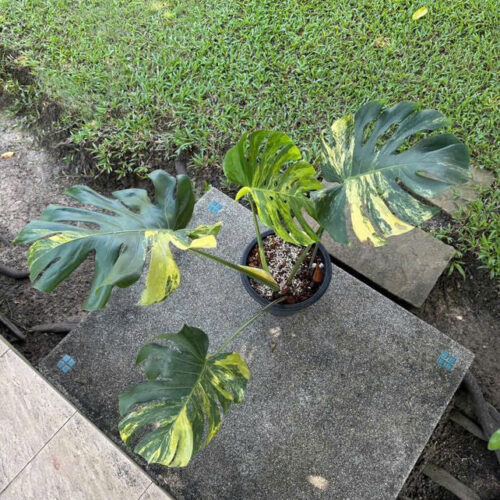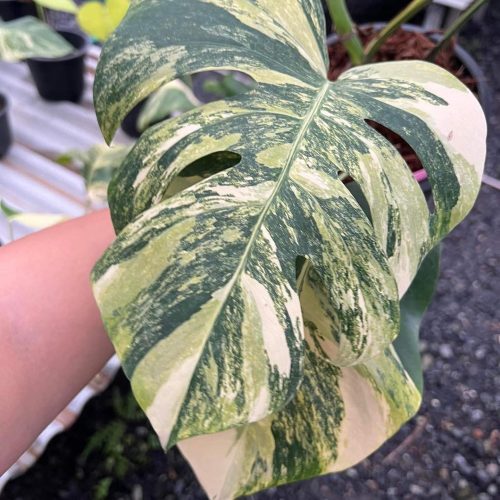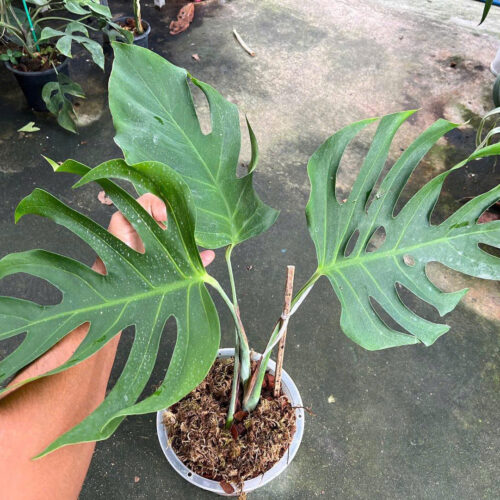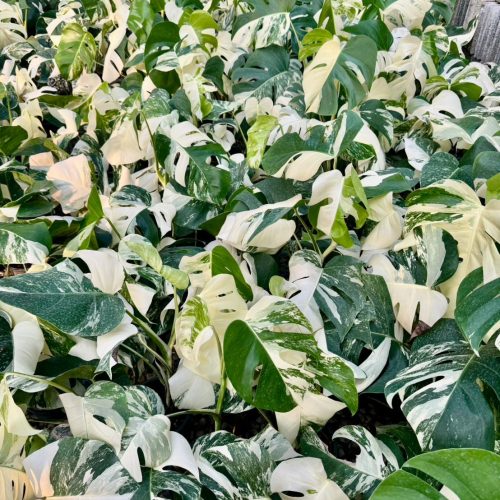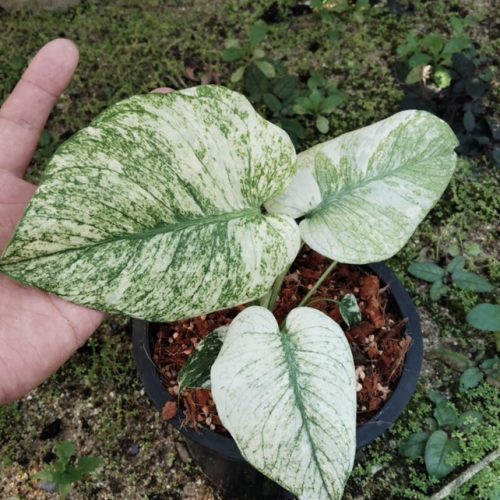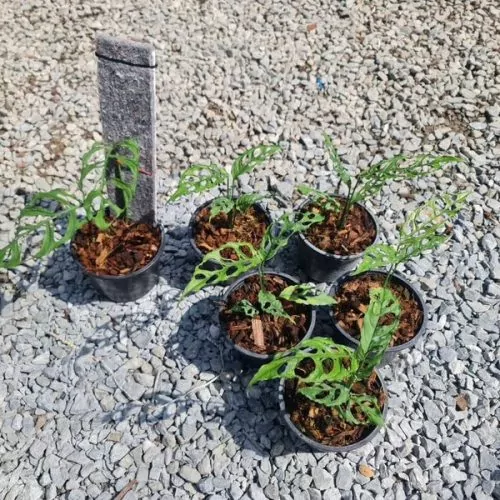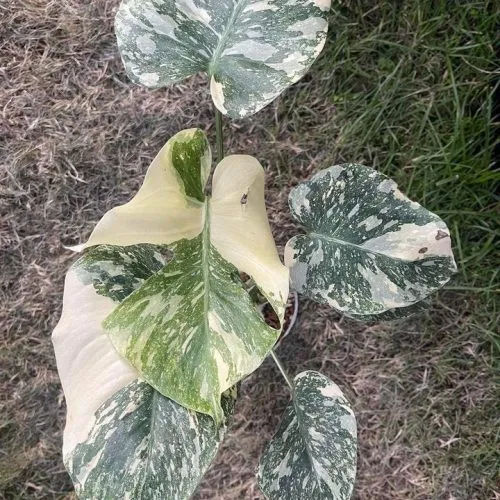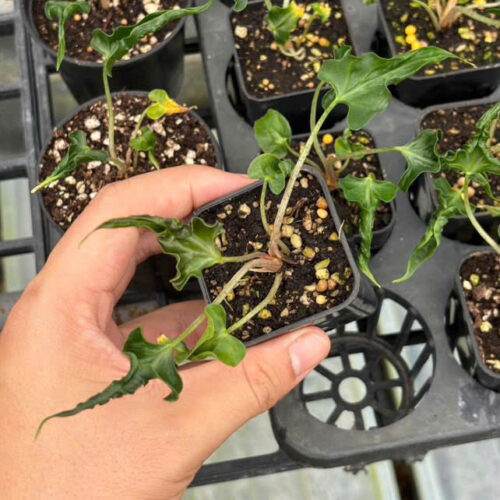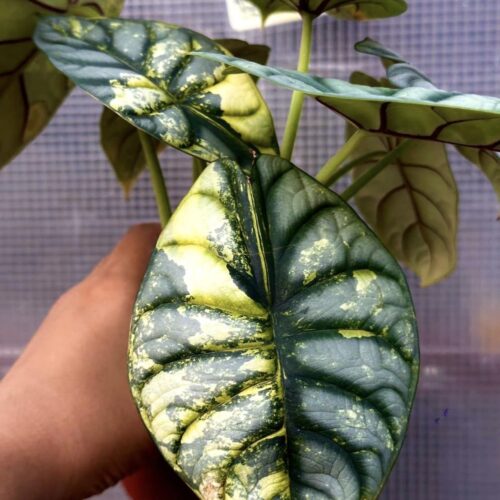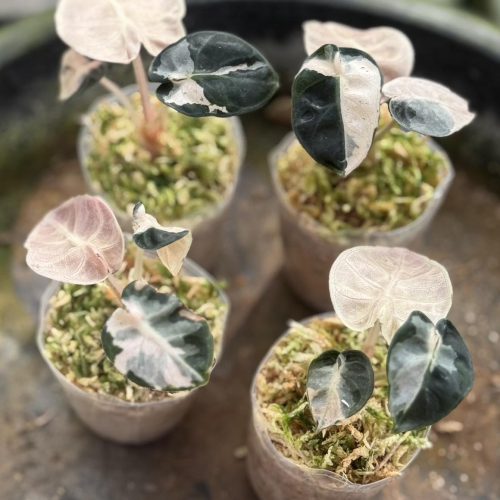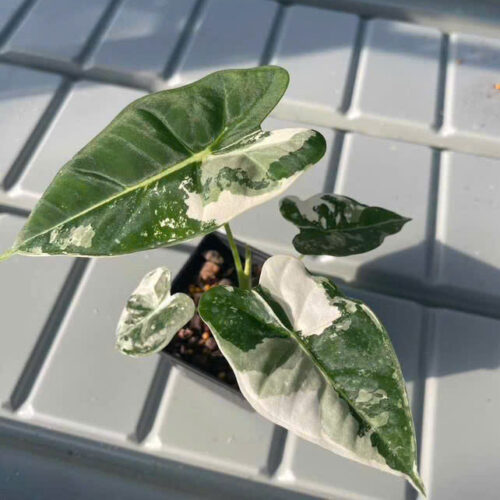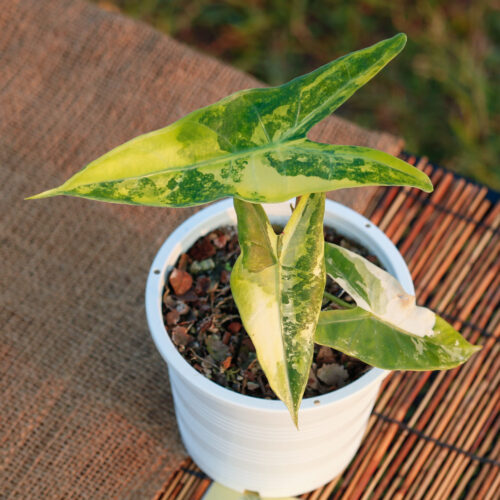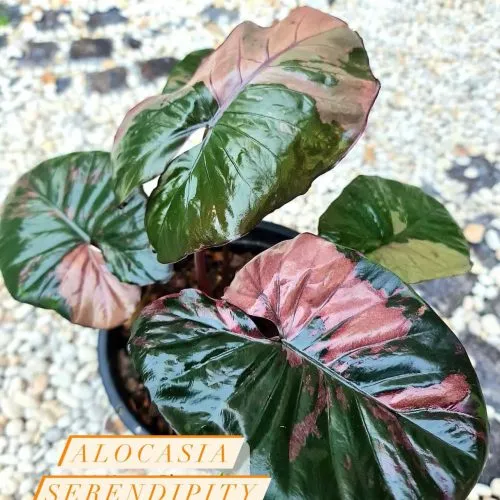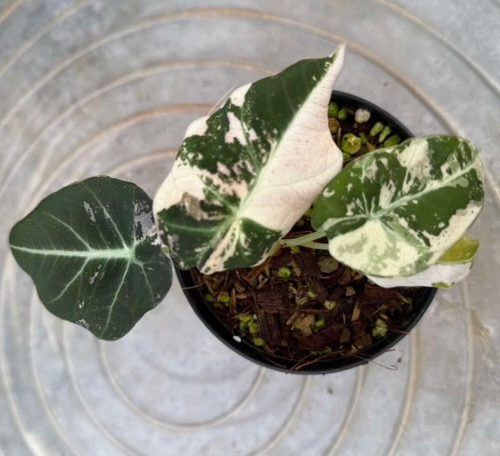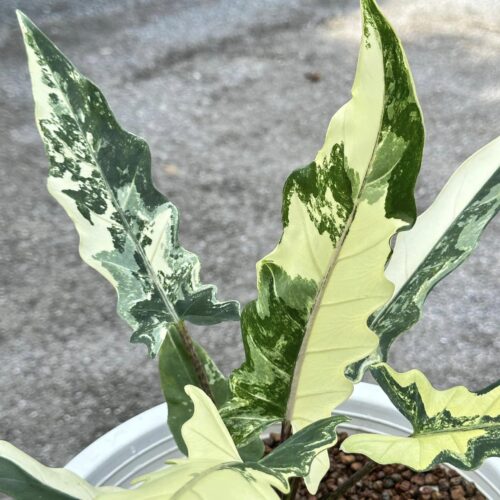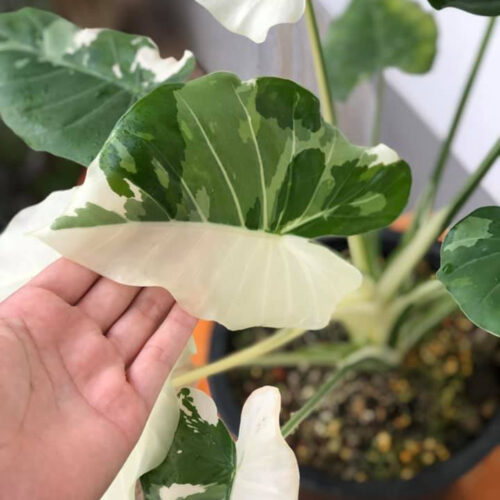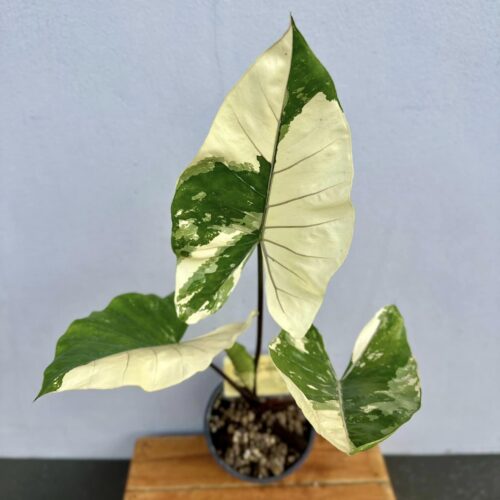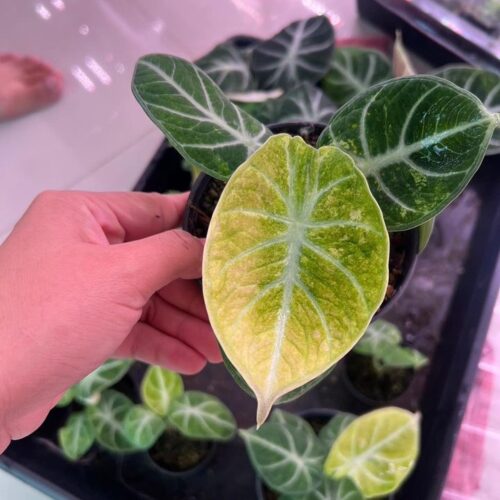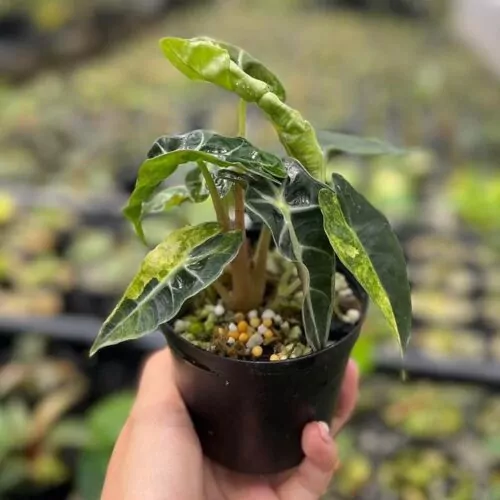The Monstera albo, also known as the White Monstera or Swiss Cheese Vine, is a gorgeous houseplant admired for its white variegated leaves with natural holes. However, this tropical plant can be quite particular when it comes to lighting conditions in order to thrive indoors. After all, it originates from the rainforests of southern Mexico and Panama where it grows up trees and receives dappled bright light filtering through the forest canopy.
Getting the lighting right is crucial for healthy growth of your Monstera albo and to encourage more variegation in the leaves. Through trial and error with my own Monstera albo, I’ve discovered these 5 lighting secrets to share with you! “Understanding the ideal lighting conditions for Monstera albo is essential for its healthy growth.”
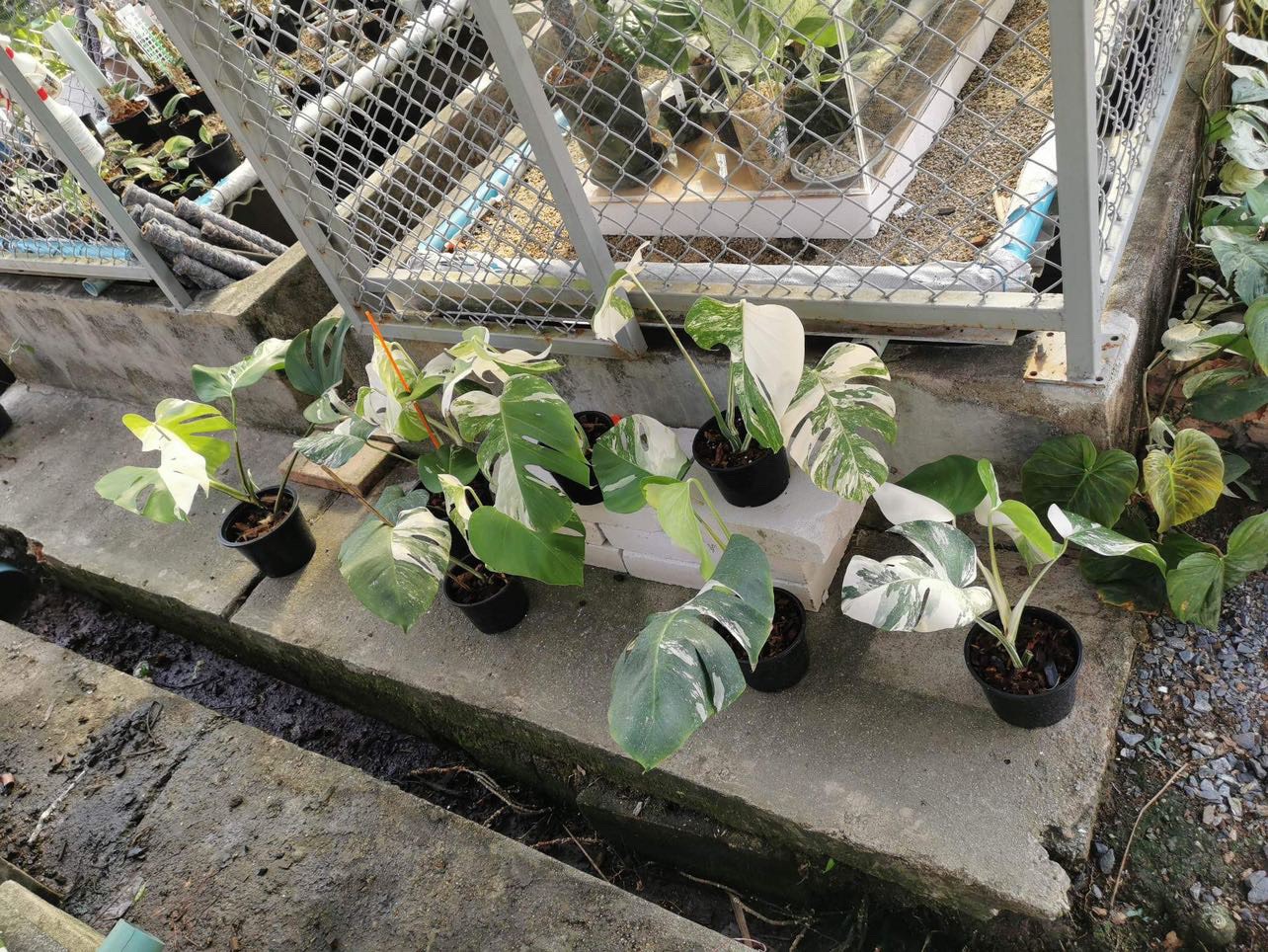
Secret 1: Bright, Indirect Sunlight is Best
How Much Sunlight
The Monstera albo thrives best in bright, indirect sunlight. This means placing it near a sunny window where sunlight is filtered through a sheer curtain. Direct hot sunlight will scorch and yellow the leaves. Complete shade will lead to lackluster growth.
Ideally, place your Monstera albo 3-5 feet from a south or west-facing window. An east-facing window can work too. Adjust the distance based on the intensity of light coming through the window. Light requirements also depend on your climate. My Monsteras get brighter light in the winter than summer since the sun sits at a lower angle during winter.
Signs of Insufficient Light
If your Monstera albo receives too little light, you’ll notice leaves growing smaller and spacing farther apart on the vines. Slow growth and less fenestrations (natural holes) indicate it’s trying to adapt to lower light by producing less chlorophyll. Lack of light also means less white variegation.
Signs of Excessive Light
On the other hand, too much light turns Monstera leaves yellow, bleaches white patches, and may burn the leaves. If you notice browning crispy edges or yellowing, move it farther away from the light source. Also check if hot afternoon sun may be hitting the plant.
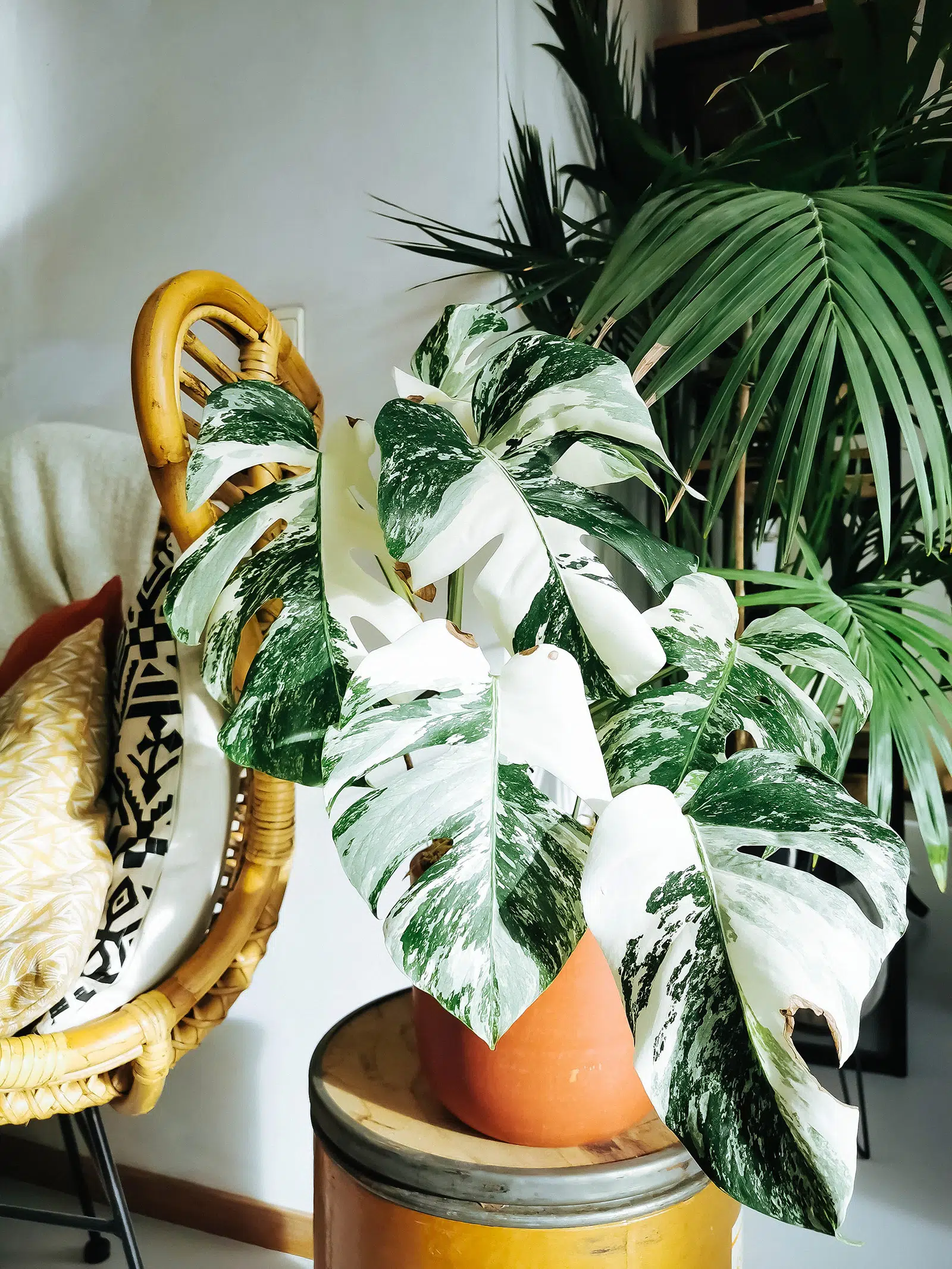
Popular indoor plants like Philodendron and Epipremnum also thrive under similar lighting conditions.
Secret 2: Rotating Improves Variegation
What is Variegation
The coveted white variegation on Monstera albo leaves is due to lack of chlorophyll. Variegation occurs randomly in nature as a genetic mutation. The levels can vary remarkably even on the same plant.
Encourage More Variegation
I’ve found that gently rotating my Monstera albo every few days encourages more white variegation! The portions facing away from the light tend to start reverting and producing more green chlorophyll. By rotating the pot, all sides get sufficient light to block chlorophyll production in those white sectors.
It’s amazing seeing new leaves emerge covered in white splotches after diligently rotating my plant! I just turn the pot 90-180 degrees every 2-3 days for more even variegation all around. “Rotate your plant to enhance its variegation and overall health.”
Rotate Slowly
When rotating your Monstera, it’s important to move it slowly to prevent shock. Turn the pot no more than a quarter or half way around at a time. You want to gradually expose each side without drastic light changes from one day to the next. Aim to rotate a little bit daily or every few days.
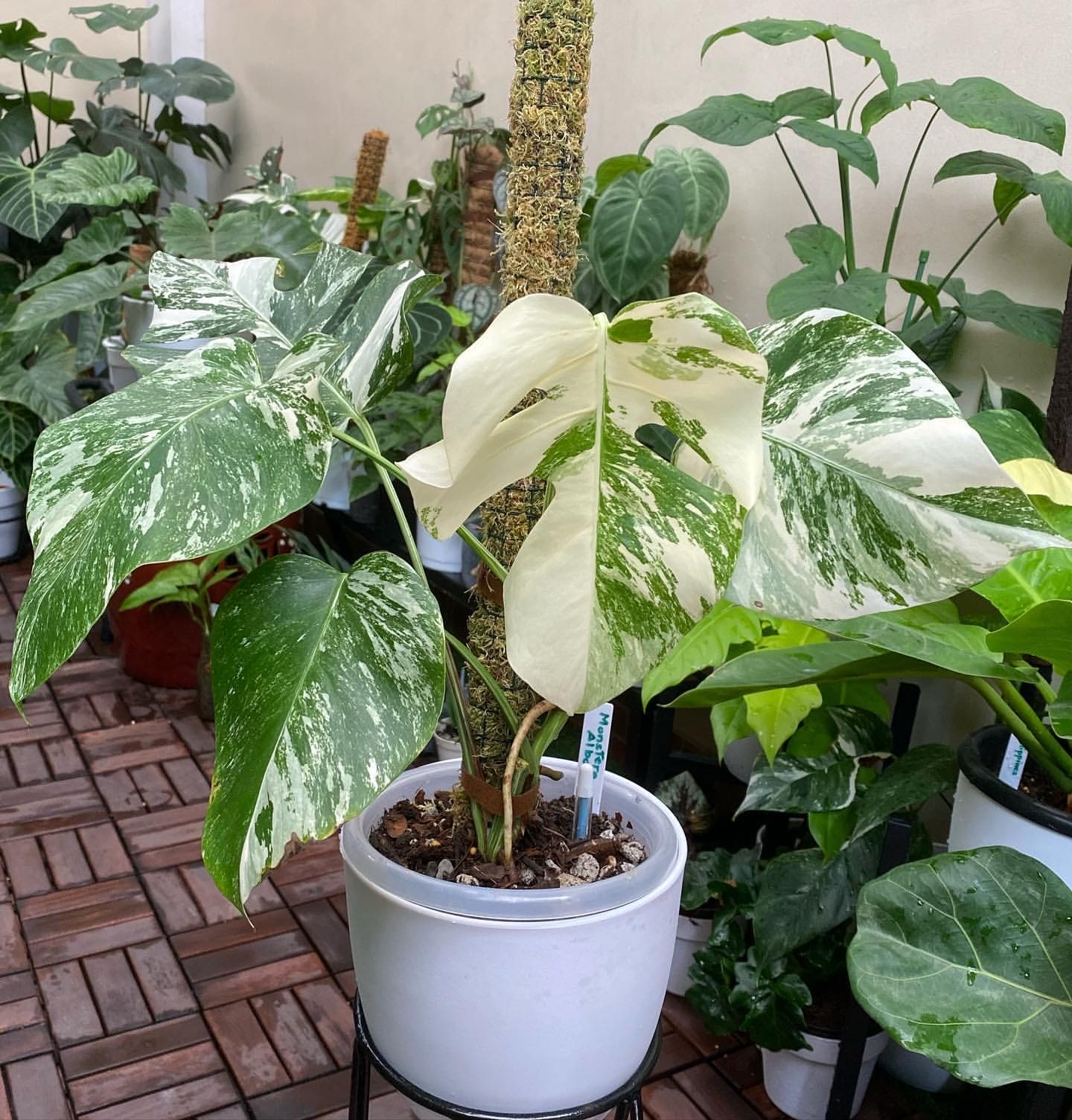
“Discover the unique charm of Monstera Albo today and elevate your space with its stunning foliage. Click to shop now and bring this exotic beauty home!”
Secret 3: Acclimate New Growth Carefully
Why Acclimate New Leaves
As your Monstera albo matures and climbs upwards, new leaves emerge progressively farther from the light source. The younger top growth isn’t hardened off to bright light yet. Acclimating new growth properly prevents scorching.
Shield Tender Leaves
I shield tender new leaves from direct sun by providing shade as they unfurl. As the leaves firm up after 1-2 weeks, I’ll remove shade covers and rotate the plant to prevent one side from reverting green. Monitor new leaves closely and filter light as needed in the beginning.
Filter Brightness
You can filter brightness for new growth using shade cloth, sheer curtains, frosted film, or shifting units underneath to block some light until adjusted. Just make sure to remove covers gradually over time and watch for any yellowing or scalding. Getting illumination right takes patience as the plant matures! “Learn more about protecting your Monstera’s delicate new growth.”
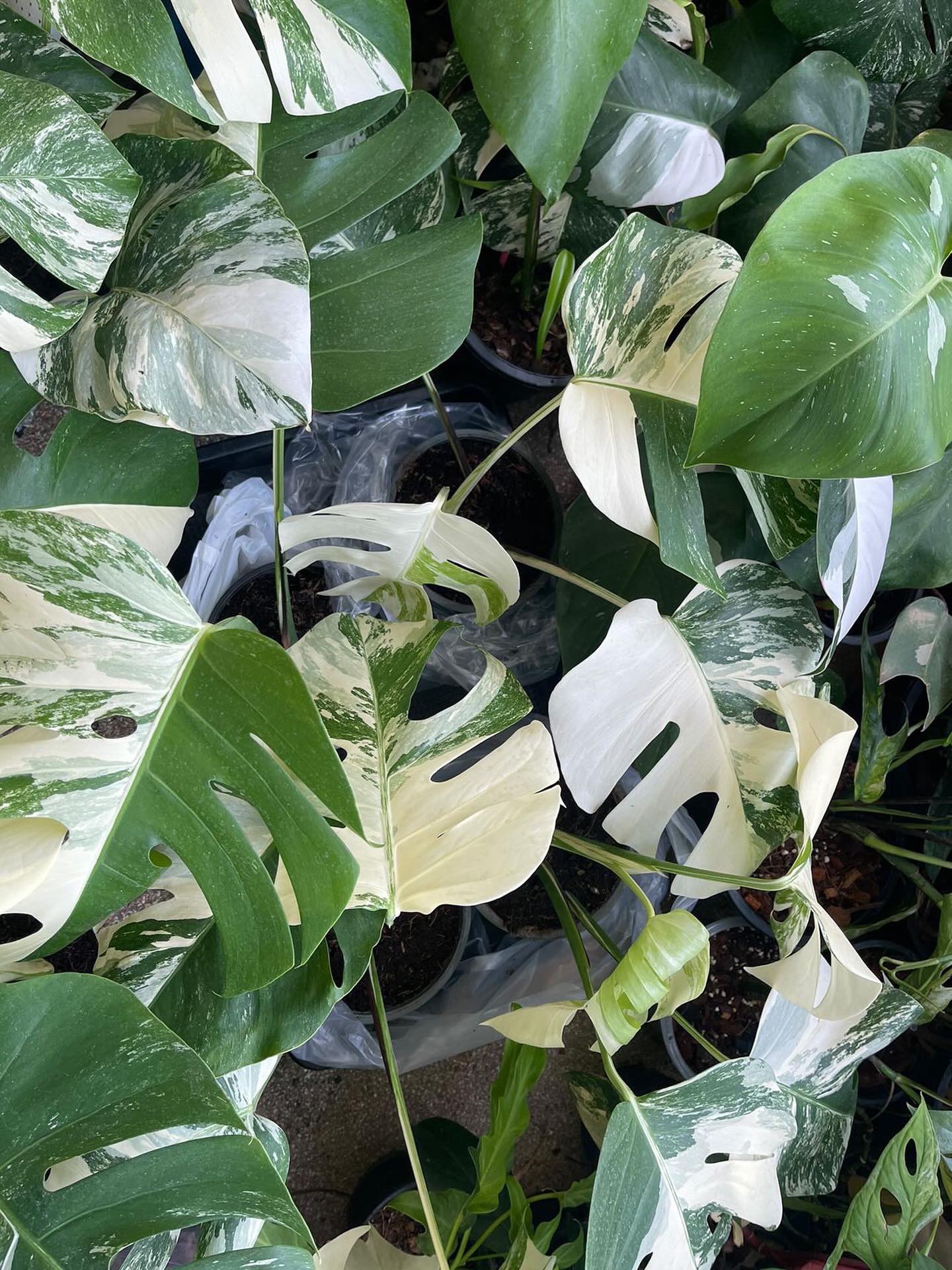
Monstera species are the most sought after by aroid plant lovers
Secret 4: Supplemental Light in Winter
Less Daylight in Winter
During short, gloomy winter days, Monstera albos often don’t receive sufficient daylight from windows alone once you factor in overcast skies. As days grow shorter, they require supplemental lighting.
Provide Full Spectrum Light
I use an LED full spectrum grow light bulb in a desk lamp shining directly on my Monstera in winter. Look for bulbs providing blue and red spectra that plants use for photosynthesis. White light alone isn’t enough. I keep my lamp 6 inches above my Monstera to provide bright supplemental light.
Tailor Duration to Needs
I use a timer outlet to automate when my grow lamp switches on/off. In winter short days, I provide 16 hours per day of supplemental light. During longer days, I cut back to 8-10 hours. Customize based on your plant’s needs and natural daylight hours. Boosting light keeps growth steady year-round!
Monitor Plant Signals
Pay attention to plant signals to adjust supplemental lighting accordingly. Signs like small leaves, yellow foliage, or leggy vines indicate inadequate light. On the flip side, bleached white patches or crispy brown edges mean light intensity should be reduced.
Secret 5: Find the Light Sweet Spot
Balance is Key for Healthy Growth
Providing the right illumination truly is an art and science combined. Too much light damages sensitive Monstera albo foliage. Too little light results in dull, small leaves with little variegation. Striking the perfect sweet spot encourages vigorous growth and brilliant variegation.
Let Your Plant Guide You
There’s no universal formula since lighting differs hugely based on windows and climates. Start by positioning your Monstera albo in a spot receiving bright indirect light, then observe its signals. If it’s thriving, variegation and fenestrations are increasing, and foliage looks lush, then you’ve found the lighting sweet spot – for now!
Adjust Accordingly
As your Monstera albo grows taller and lower leaves age, its light needs evolve, especially with younger emerging leaves and climbing vines. Therefore, lighting conditions require gradual adjusting by shifting location, rotating, acclimating, or modifying supplemental lighting – let your plant lead the way!
Alocasia and Syngonium are other great plants to consider, as they also thrive in similar lighting conditions.
Conclusion
Achieving the perfect lighting formula truly takes patience, attentiveness, and some experimentation. But the payoff of seeing your gorgeous variegated Monstera albo flourish is well worth the effort. Use these insider lighting secrets to unlock the full potential of your White Monstera’s growth and variegation indoors!
FAQ
- What type of light does a Monstera Albo need? How much light and what type of light conditions are ideal for the growth and health of a Monstera Albo plant?
- Can Monstera Albo tolerate low light? Is it possible for Monstera Albo plants to survive in low light environments, and what are the potential effects on their growth and variegation?
- How does direct sunlight affect Monstera Albo? What impact does direct sunlight have on Monstera Albo plants, and how can it affect their leaves and overall health?
- How can I tell if my Monstera Albo is getting too much or too little light? What are the signs and symptoms of light-related stress in Monstera Albo plants, and how can I adjust the lighting to meet their needs?
- What are the best practices for providing light to Monstera Albo indoors? What strategies and tips can ensure that indoor Monstera Albo plants receive the appropriate amount and type of light for optimal growth and variegation?

